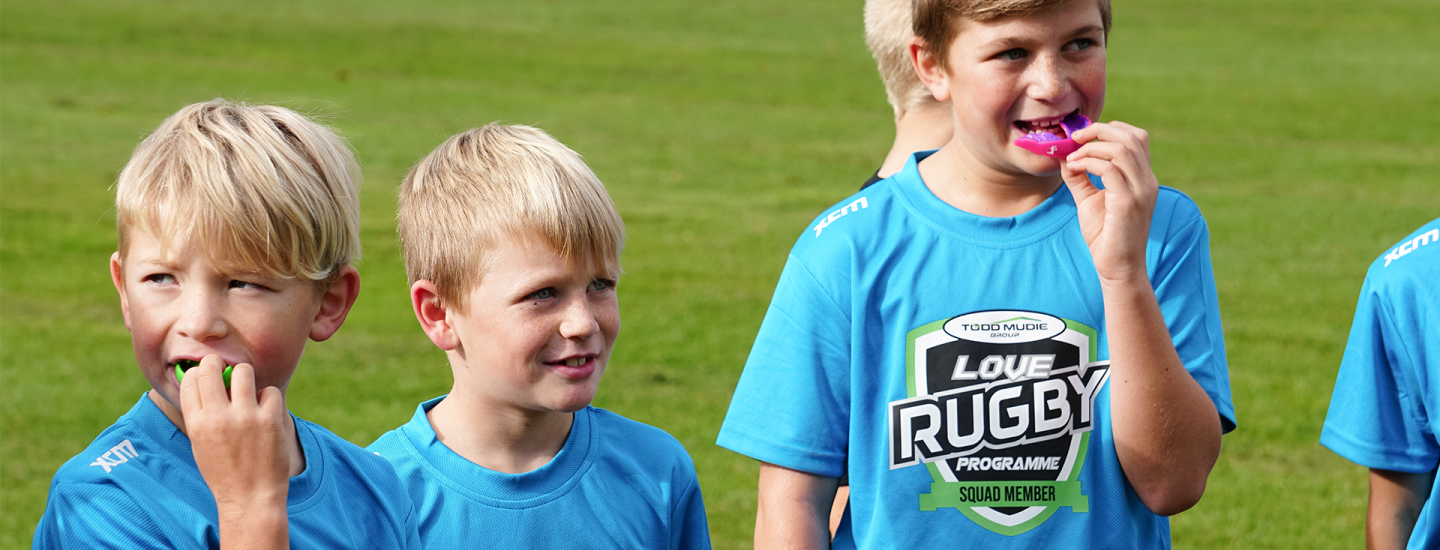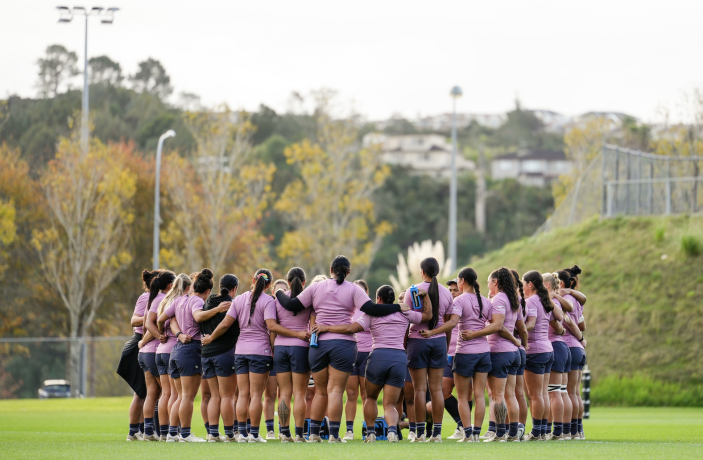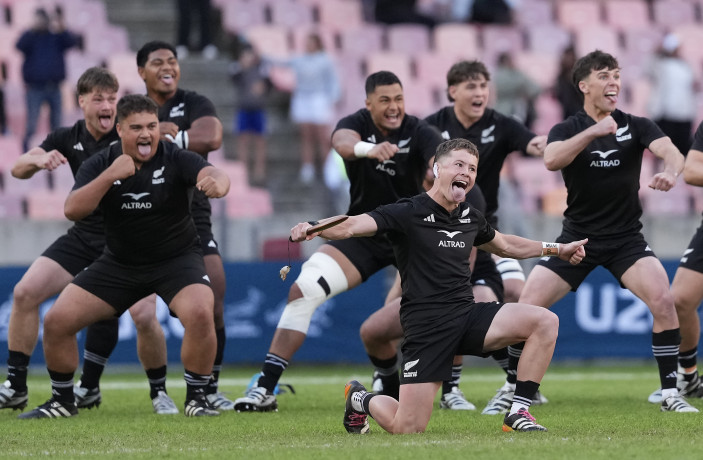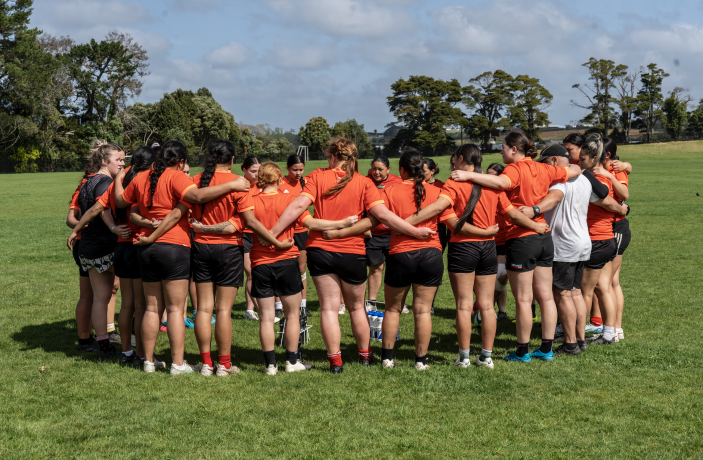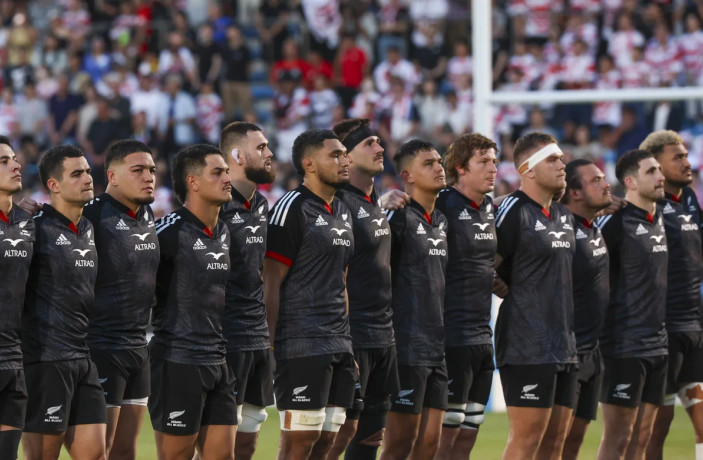World-first head impact study on community rugby participation published
6 November 2023The largest-ever study into the forces experienced by community rugby players has been published, providing parents and players with greater insight into the safety of the sport.
The Otago Community Head Impact Detection study (ORCHID) is a joint project between World Rugby, New Zealand Rugby (NZR), Otago Rugby, the University of Otago and Prevent Biometrics.
Using Prevent Biometrics instrumented mouthguards, the study measured over 17,000 head acceleration events (HAEs) from 328 male community rugby players involved in Under 13s through to Premier grades.
The mouthguards measure the g-forces (G) on the head which are experienced by players in both trainings and games.
Acceleration events under 10G are the equivalent to riding on a roller coaster or landing from a lineout in rugby. Forces ranging between 10 and 20G are similar to jumping on a trampoline and events between 21 and 35G akin to heavy braking in a car.
The ORCHID paper shows that in the men’s community game:
- 86% of forces measured are the same as or less than those experienced in other forms of exercise such as running, jumping or skipping.
- 94% of forces are lower than those previously measured on people jumping on a trampoline.
- Most events resulting in the highest measured forces are caused by poor technique in the tackle and at the breakdown.
NZR General Manager Community Rugby Steve Lancaster said the research was positive, particularly for parents of Small Blacks and junior rugby players.
“NZR has an absolute commitment to making the game as safe as possible and reducing the risk of injury to our participants at all levels. We believe that there are so many benefits to playing rugby and are committed to balancing those with the need to respond to the research and risks in an appropriate way.
“We’re particularly proud that our New Zealand rugby community has been at the forefront of this research. We are already seeing this contribution make a material difference through initiatives like the reduced tackle height in community rugby, which has been positively received.”
For the 2023 season, NZR introduced a reduced tackle height below the sternum to all levels of community rugby. After successful implementation, the trial will be extended until the end of the 2025 season, in line with World Rugby’s global recommendations.
NZR is also set to expand its Tackle Clinic programme in 2024 to meet the unique needs of the women and girls’ game.
NZR Concussion Research Scientist Janelle Romanchuk, who led the study alongside University of Otago Associate Professor Melanie Bussey, said the data supported rugby’s focus on the tackle and breakdown.
“We extend our heartfelt gratitude to all the players, coaches, teams, and schools who participated in this study. It truly embodied a community-driven effort, and this project has been an exciting journey. We are proud to contribute meaningful insights to World Rugby through New Zealand data.
“This marks a positive beginning in developing a comprehensive understanding of head impacts in rugby, especially those leading to higher magnitude events. With this data we can delve deeper into areas of the game where we can reduce or minimise risks, such as lowering the tackle height or prioritising good technique for both the ball carrier and tackler.
Romanchuk added that researchers will further examine data from the under 19 cohort which had identified a higher prevalence of acceleration events over 30G.
“We aim to identify specific factors that can potentially be addressed in the future.”
A study on the women’s community game is complete and the peer reviewed paper is set to be published in the coming months.
The ORCHID Community study is published here https://link.springer.com/article/10.1007/s40279-023-01923-z
The full data set of 17,865 community head acceleration events is available in the ORCHID paper but can be summarised as below:
|
Range |
Number of events |
% of total measured |
|
0-10G |
15,315 |
86% |
|
10-20G |
1,461 |
8% |
|
20-30G |
636 |
4% |
|
30-40G |
244 |
1% |
|
50G+ |
209 |
1% |
High-level ORCHID findings:
- 86% of forces on the head in community rugby are the same or less than those experienced in general exercise such as running and jumping.
- 94% of forces are lower than those previously measured on people jumping on a trampoline.
- Most events resulting in the highest measured forces are as a result of poor technique in the tackle and at the breakdown.
- Majority of acceleration events were under 10g. A player was 6-8 times more likely to have a 10-29 g impact than a 30-60g impact.
- No difference in acceleration events experienced by forwards or backs in Under 13 / Small Blacks rugby.
- The Under 19s cohort had the highest prevalence of high-magnitude (>30g) HAEs.
- Tackle was responsible for 66-75% of the HAEs and ruck was the second highest risk phase of play for HAEs.
Head acceleration events (HAE)
HAE events occur from the rapid acceleration or deceleration of the head that may occur in three different ways:
- Voluntary: where the head accelerates or decelerates from running, changing direction or jumping, no contact is made to the head or the player’s body.
- Indirect: generation when contact is made with the player’s body and the force travels up to the player’s head, resulting movement of the head.
- Direct: caused by direct contact to the head from another player or the ground.
